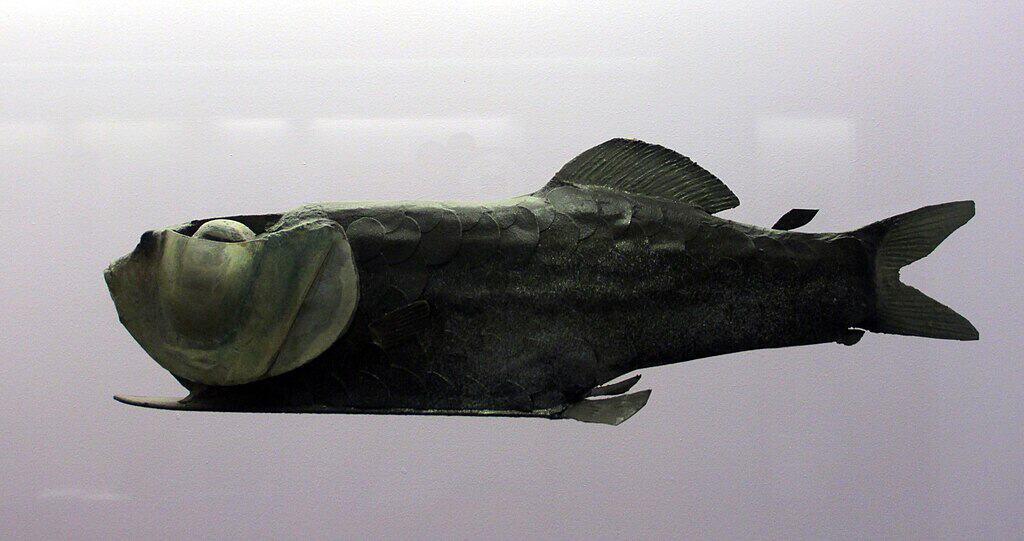In the mysterious depths of the ocean, lies a creature so unique and mesmerizing that it captures the imagination of scientists and enthusiasts alike. The barreleye fish, with its transparent head and extraordinary vision, stands as a testament to the wonders of underwater life. This bizarre yet fascinating animal offers incredible insights into the adaptations needed to survive in such extreme environments. Join us as we dive into the captivating world of the barreleye fish and explore what makes it one of the ocean’s most intriguing inhabitants.
What is a Barreleye Fish?
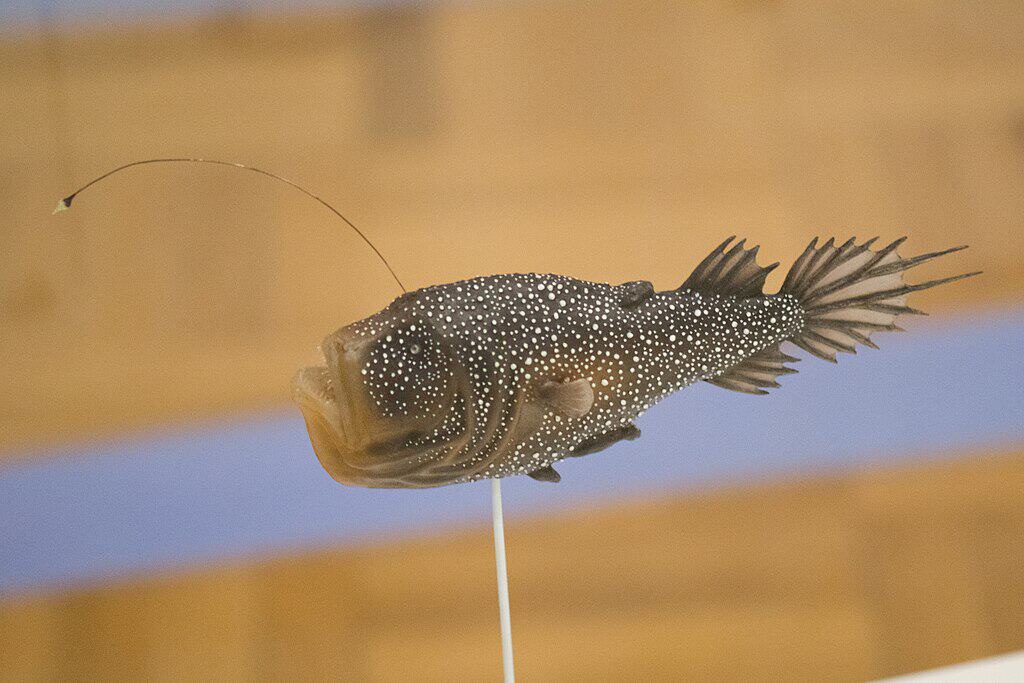
The barreleye fish, scientifically known as Macropinna microstoma, is an elusive deep-sea fish infamous for its transparent head. This mysterious creature can be found in the depths of the North Pacific Ocean, often residing at extreme depths ranging from 400 to 2500 meters. Its most striking feature is its transparent, dome-shaped head, which acts as a window allowing a clear view of its uniquely oriented eyes.
The Discovery of the Barreleye Fish
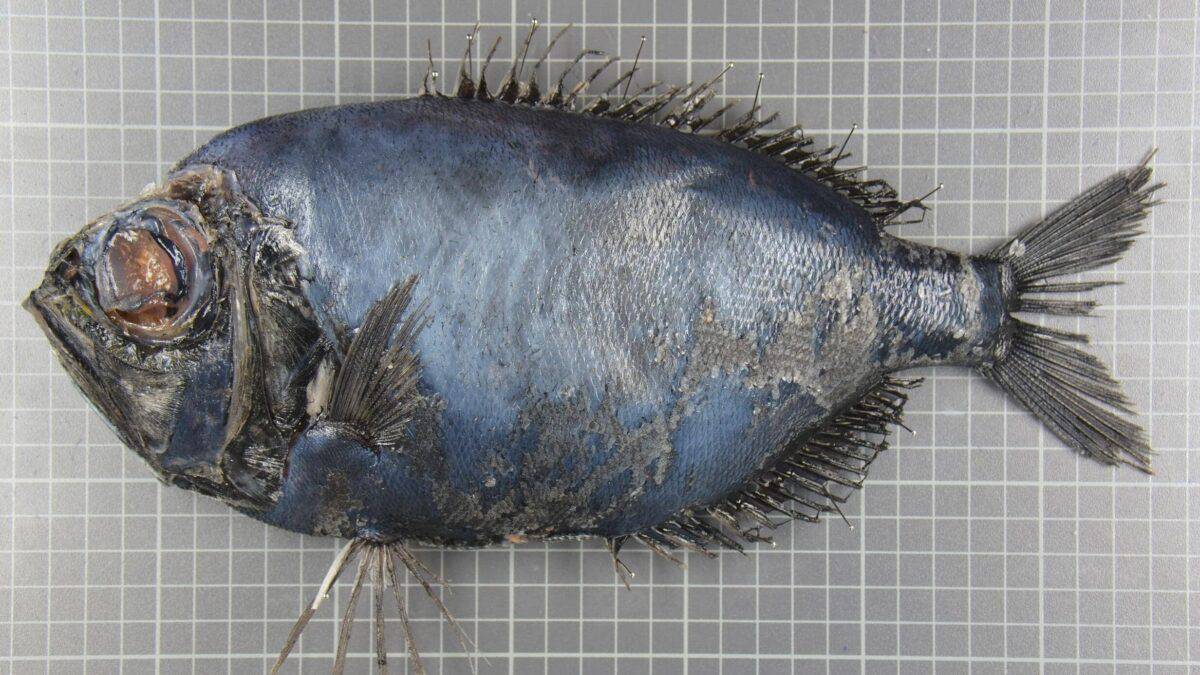
First described in 1939, the barreleye fish eluded comprehensive study due to its deep-sea habitat. For decades, researchers had limited knowledge beyond dead specimens captured in trawling nets, which made it challenging to study their natural behavior and features. It wasn’t until 2009 that scientists from the Monterey Bay Aquarium Research Institute finally captured footage of a live barreleye fish, providing valuable insights into its ethereal existence.
The Transparent Head An Evolutionary Marvel
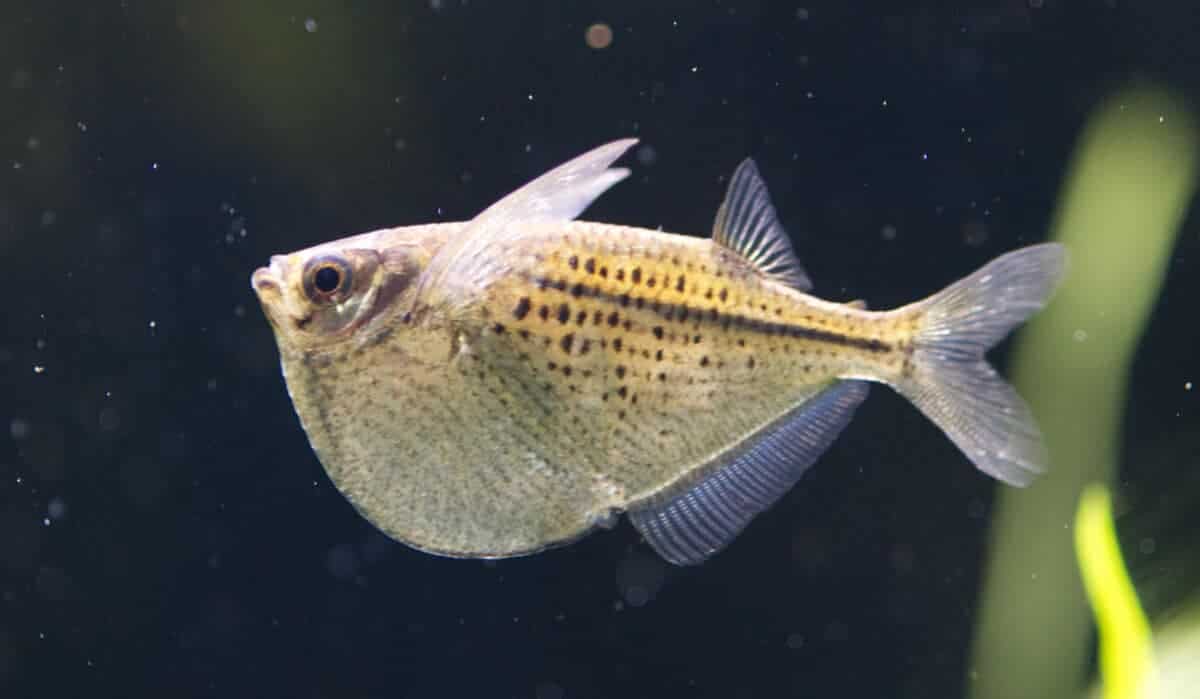
The barreleye’s transparent head is a marvel of evolutionary design. Unlike most fish, its head is encased in a shield-like structure filled with a clear, gelatinous fluid. This adaptation serves multiple purposes, including protecting its eyes and offering an unobstructed view for a wide field of vision, critical for survival in the pitch-black depths of the ocean where every light source and shadow matters.
Unique Vision Systems

The barreleye fish possesses tubular eyes that point upwards, providing it with unparalleled ability to detect faint bioluminescent light from prey or potential threats hovering above. These eyes are capable of rotating within the transparent shield, allowing the fish to gaze both upwards and forwards, thus expanding its scope of observation and increasing its chances of spotting food or predators in dark waters.
Adaptations to Deep-Sea Life
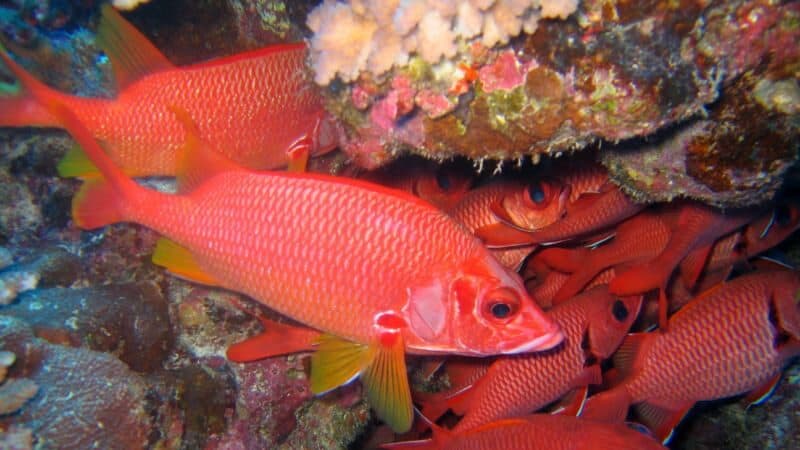
Living in the deep sea requires specialized adaptations to navigate such an inhospitable environment. The barreleye fish’s adaptations are physical and sensory. Its enlarged, orb-like eyes and transparent head are physical adaptations, while its exceptionally sensitive retinas cater to the minimal light conditions of its habitat, allowing it to spot tiny increments and flickers of light that would otherwise be undetectable.
Feeding Habits and Diet
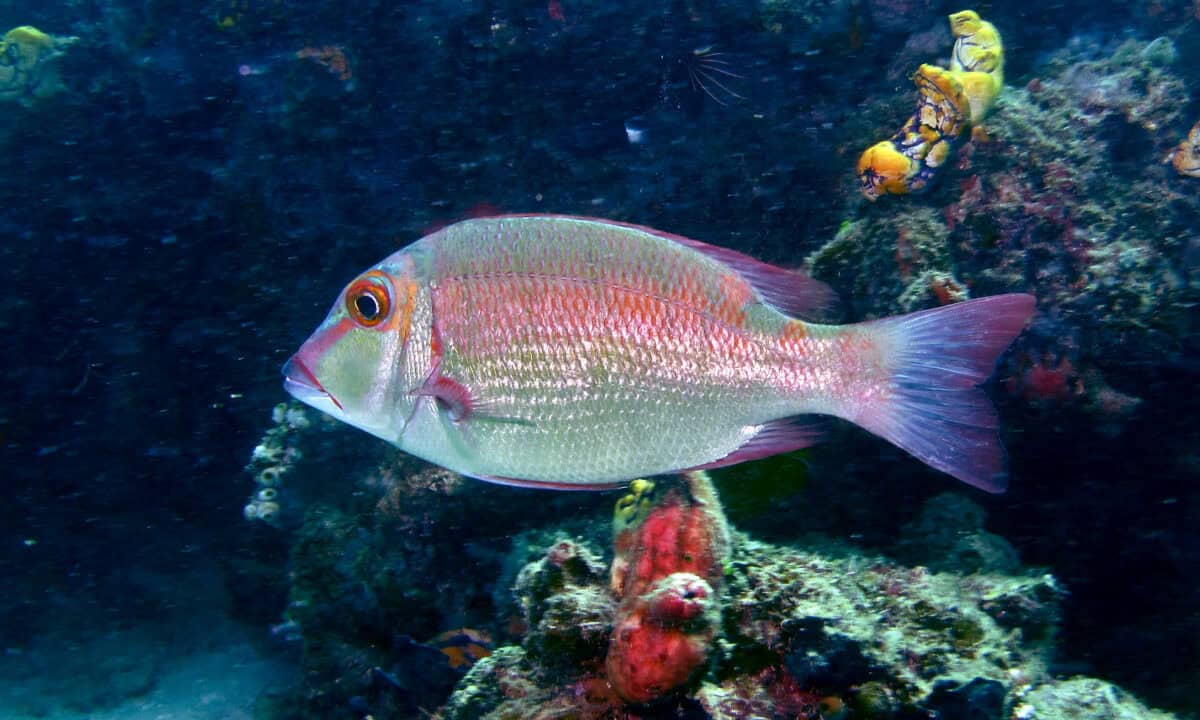
Typically a passive hunter, the barreleye fish relies on its extraordinary vision to locate prey, which primarily consists of small crustaceans and zooplankton. As it hovers almost motionlessly in the water, it utilizes its eyes to track bioluminescent movements above and around it, ambushing unsuspecting prey with precision. This ambush strategy is energy-efficient, a critical factor in the nutrient-scarce deep-sea environment.
The Role of Bioluminescence
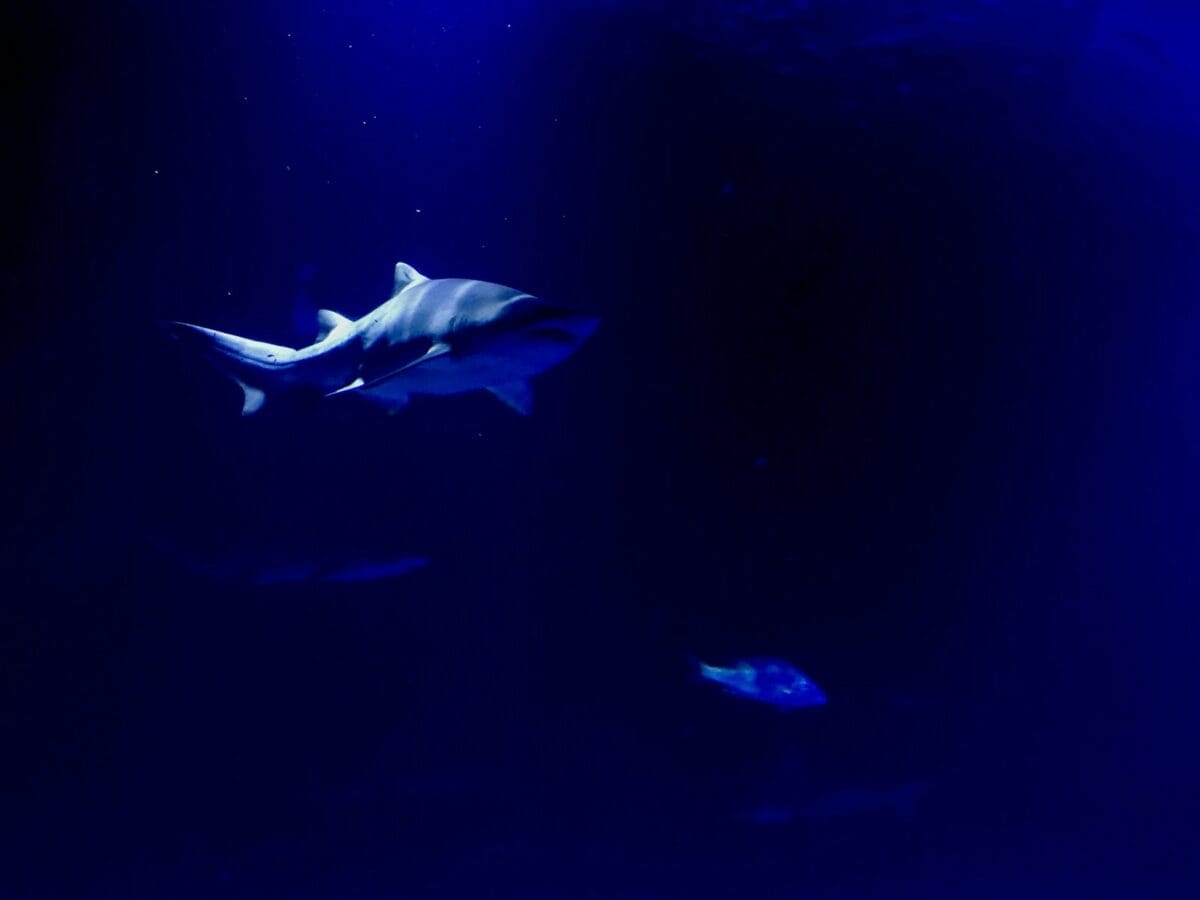
Bioluminescence plays a vital role in the diet and survival of the barreleye fish. Many deep-sea creatures emit light, creating a surreal, underwater light show. The barreleye uses this bioluminescence to its advantage, detecting light emissions from potential prey. Conversely, it must also be wary of predators that use similar tactics for hunting, underscoring the complexities of life in the ocean’s depths.
Behavioral Characteristics

The barreleye is relatively non-aggressive and is often observed hovering still or swimming slowly in the abyss. This behavior is likely an energy-saving tactic, essential for conserving resources in an environment where food is scarce. Its unique morphological and behavioral adaptations work in unison to maximize its survival potential in these challenging conditions.
The Importance of Deep-Sea Research

Research into the barreleye fish and similar deep-sea species is invaluable for understanding Earth’s last frontier. The deep ocean holds many mysteries and studying such unique organisms helps scientists unravel the complex web of life that exists in these areas. These findings could lead to applications in biotechnology, antimicrobial compounds, and DNA studies that might hold answers to long-standing biological questions.
Conservation Concerns

While the barreleye fish currently faces no severe conservation threats, the deep-sea environment is vulnerable to human activities like deep-sea mining, overfishing, and pollution. Protecting these environments and the creatures residing within them is crucial as they are part of a wider ecological system, integral to the health of our planet.
The Fascination with Unique Marine Life
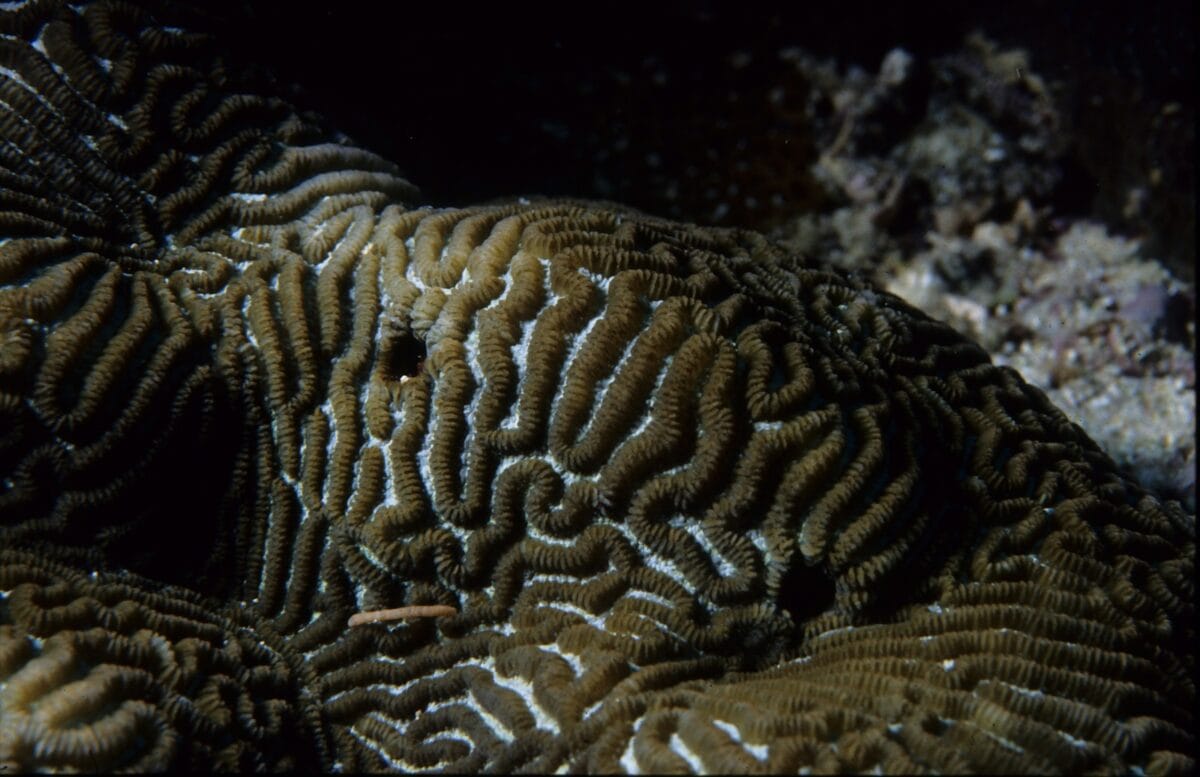
Creatures like the barreleye fish capture our curiosity not only because of their physical oddities but also due to the resilience and adaptability they demonstrate. Such phenomena showcase the diverse strategies employed by life on Earth to thrive in even the most challenging environments, instilling a sense of wonder and respect for the natural world.
Conclusion

The barreleye fish, with its otherworldly appearance and remarkable adaptations, is a splendid reminder of the ocean’s enduring mysteries. Its transparent head and incredible vision are fascinating evidence of evolutionary ingenuity, reflecting life’s ability to adapt and flourish in extreme conditions. As we continue to explore the depths, the barreleye fish stands as a beacon of the unknown, encouraging further research and conservation initiatives. Understanding such intriguing species broadens our view of biodiversity on Earth and our responsibility to protect it.
- This Transparent Fish Has a Completely SeThrough Head And It is Fascinating - August 11, 2025
- 12 Dog Breeds With the Best Sense of Smell - August 11, 2025
- The Strongest Earthquake Ever Recorded in the US - August 11, 2025

